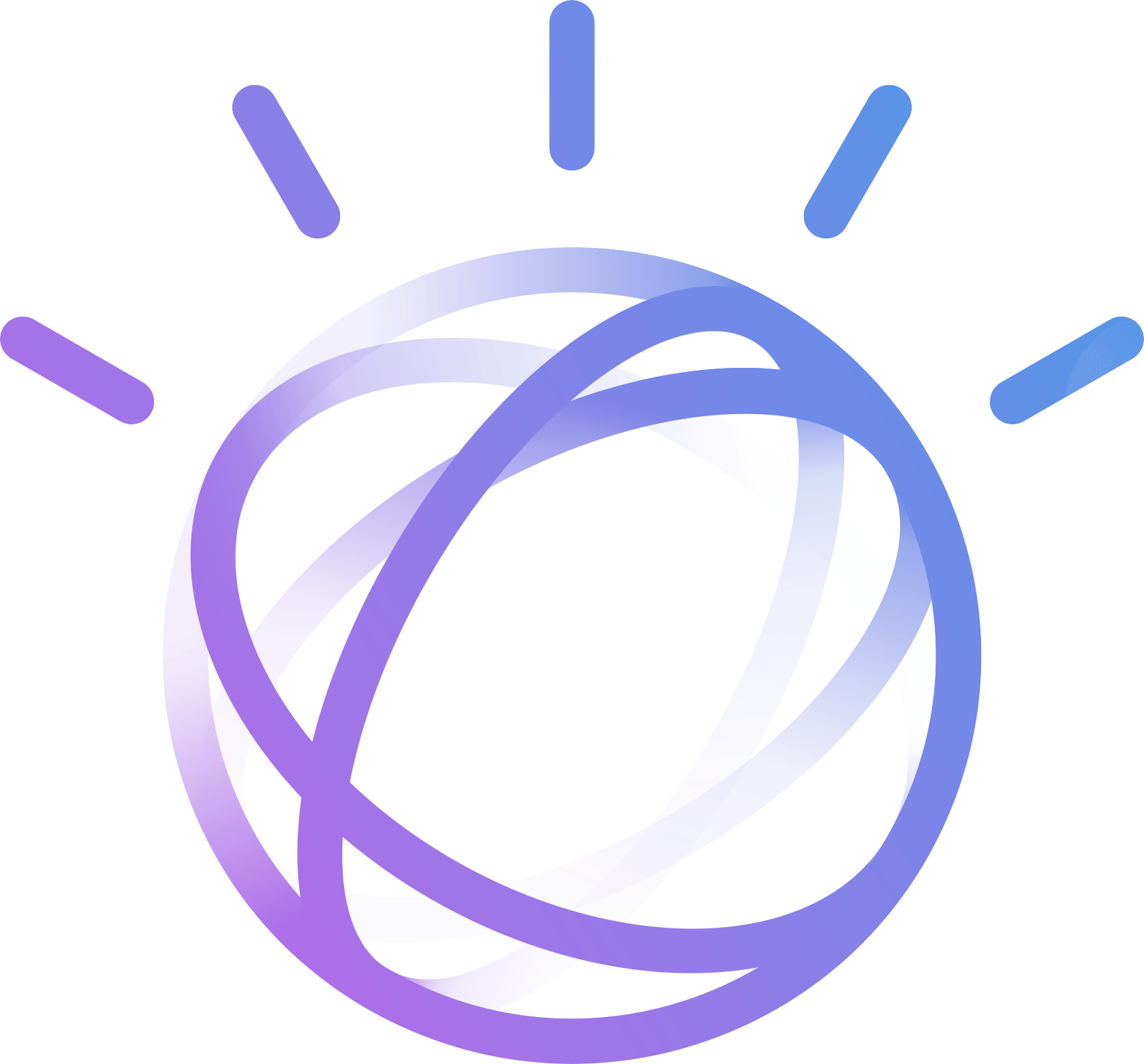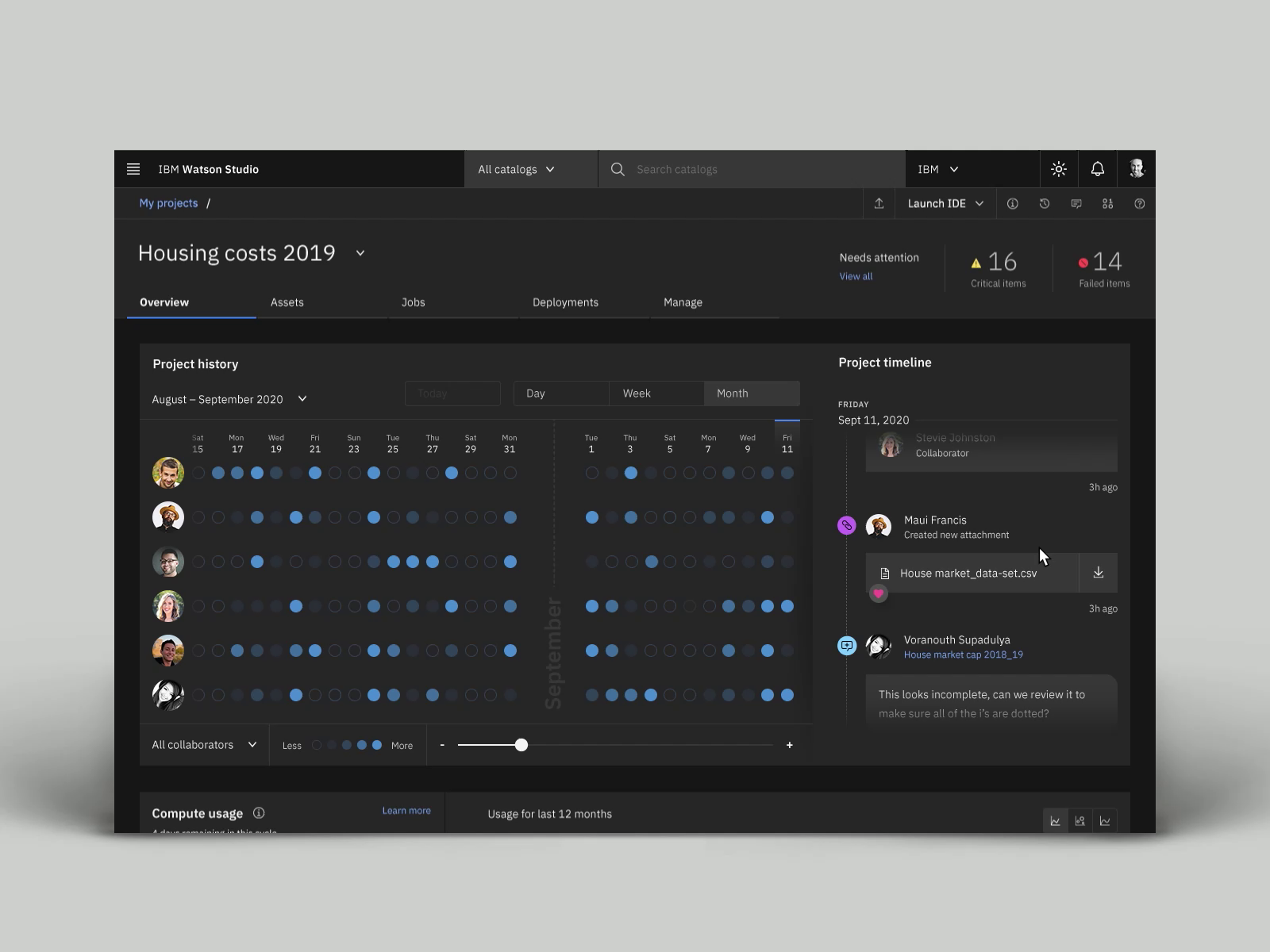
IBM Watson AI for Design: Complete Buyer's Guide
Enterprise-grade AI-powered design workflows
IBM Watson AI for Design represents IBM's strategic expansion into AI-powered design workflows, leveraging the enterprise-grade Watson AI platform to deliver generative label creation capabilities for business technology environments.
Market Position & Maturity
Market Standing
Within the AI product label creation market valued at $18.63 billion in 2024, IBM Watson AI for Design competes in the enterprise segment against platforms like OpenAI while differentiating from specialized tools like Dragonfly AI and Dreamina [1][9][13].
Company Maturity
IBM's established enterprise presence provides buyer confidence through proven business continuity, comprehensive security certifications, and established vendor accountability frameworks.
Growth Trajectory
IBM's continued investment in Watson AI capabilities, combined with enterprise market demand for AI governance and compliance, positions Watson AI for Design advantageously for long-term viability.
Industry Recognition
IBM Watson's established ecosystem provides strategic partnership advantages, with existing integrations across enterprise software vendors and industry-specific compliance frameworks.
Strategic Partnerships
IBM Watson's established ecosystem provides strategic partnership advantages, with existing integrations across enterprise software vendors and industry-specific compliance frameworks.
Longevity Assessment
IBM's continued investment in Watson AI capabilities, combined with enterprise market demand for AI governance and compliance, positions Watson AI for Design advantageously for long-term viability.
Proof of Capabilities
Market Validation
The AI design market shows successful enterprise implementations achieving measurable outcomes, with large FMCG companies achieving 6-35% improvements in shelf visibility and compliance through AI adoption [13][18].
AI Technology
IBM Watson AI for Design leverages IBM's established enterprise AI infrastructure, built on Watson's proven natural language processing and generative AI foundations that power text-to-image label generation capabilities.
Architecture
The technical architecture centers on Watson's cloud-native AI infrastructure, designed to handle enterprise-scale workloads while maintaining the performance standards required for design workflows.
Primary Competitors
The platform faces competition from three distinct categories: enterprise AI platforms (OpenAI, Microsoft Azure AI), specialized design platforms (Dragonfly AI, Dreamina, Canva), and industry-specific solutions (Loftware for compliance automation).
Competitive Advantages
Watson's key competitive advantages include established enterprise credibility, comprehensive ERP integration capabilities addressing 31% of organizations citing integration challenges, and proven governance frameworks enabling >99% accuracy through hybrid workflows [17][18][19][20].
Market Positioning
IBM positions Watson AI for Design as a strategic enterprise platform rather than tactical design tool, targeting organizations prioritizing comprehensive transformation over immediate optimization.
Win/Loss Scenarios
Watson AI for Design wins in scenarios requiring comprehensive governance, complex ERP integration, existing IBM ecosystem alignment, and long-term strategic AI implementation. Alternative solutions may be preferable for rapid prototyping requirements, specialized industry compliance needs, limited enterprise integration demands, or budget-constrained implementations.
Key Features

Pros & Cons
Use Cases
Featured In Articles
Comprehensive analysis of AI Product Label Creators for AI Design for AI Design professionals. Expert evaluation of features, pricing, and implementation.
How We Researched This Guide
About This Guide: This comprehensive analysis is based on extensive competitive intelligence and real-world implementation data from leading AI vendors. StayModern updates this guide quarterly to reflect market developments and vendor performance changes.
57+ verified sources per analysis including official documentation, customer reviews, analyst reports, and industry publications.
- • Vendor documentation & whitepapers
- • Customer testimonials & case studies
- • Third-party analyst assessments
- • Industry benchmarking reports
Standardized assessment framework across 8 key dimensions for objective comparison.
- • Technology capabilities & architecture
- • Market position & customer evidence
- • Implementation experience & support
- • Pricing value & competitive position
Research is refreshed every 90 days to capture market changes and new vendor capabilities.
- • New product releases & features
- • Market positioning changes
- • Customer feedback integration
- • Competitive landscape shifts
Every claim is source-linked with direct citations to original materials for verification.
- • Clickable citation links
- • Original source attribution
- • Date stamps for currency
- • Quality score validation
Analysis follows systematic research protocols with consistent evaluation frameworks.
- • Standardized assessment criteria
- • Multi-source verification process
- • Consistent evaluation methodology
- • Quality assurance protocols
Buyer-focused analysis with transparent methodology and factual accuracy commitment.
- • Objective comparative analysis
- • Transparent research methodology
- • Factual accuracy commitment
- • Continuous quality improvement
Quality Commitment: If you find any inaccuracies in our analysis on this page, please contact us at research@staymodern.ai. We're committed to maintaining the highest standards of research integrity and will investigate and correct any issues promptly.